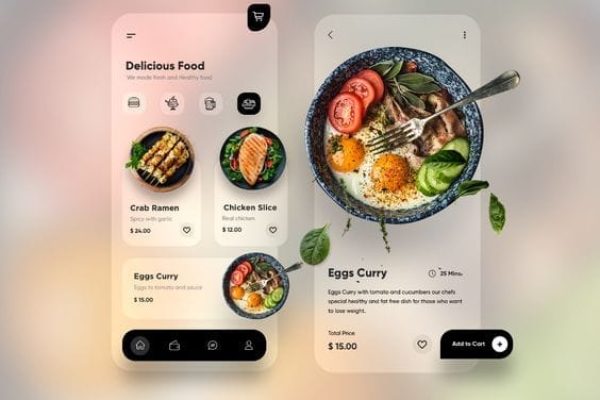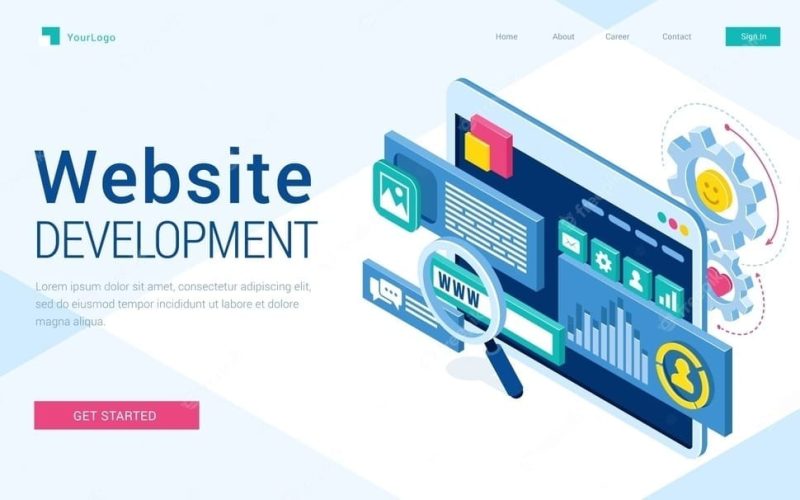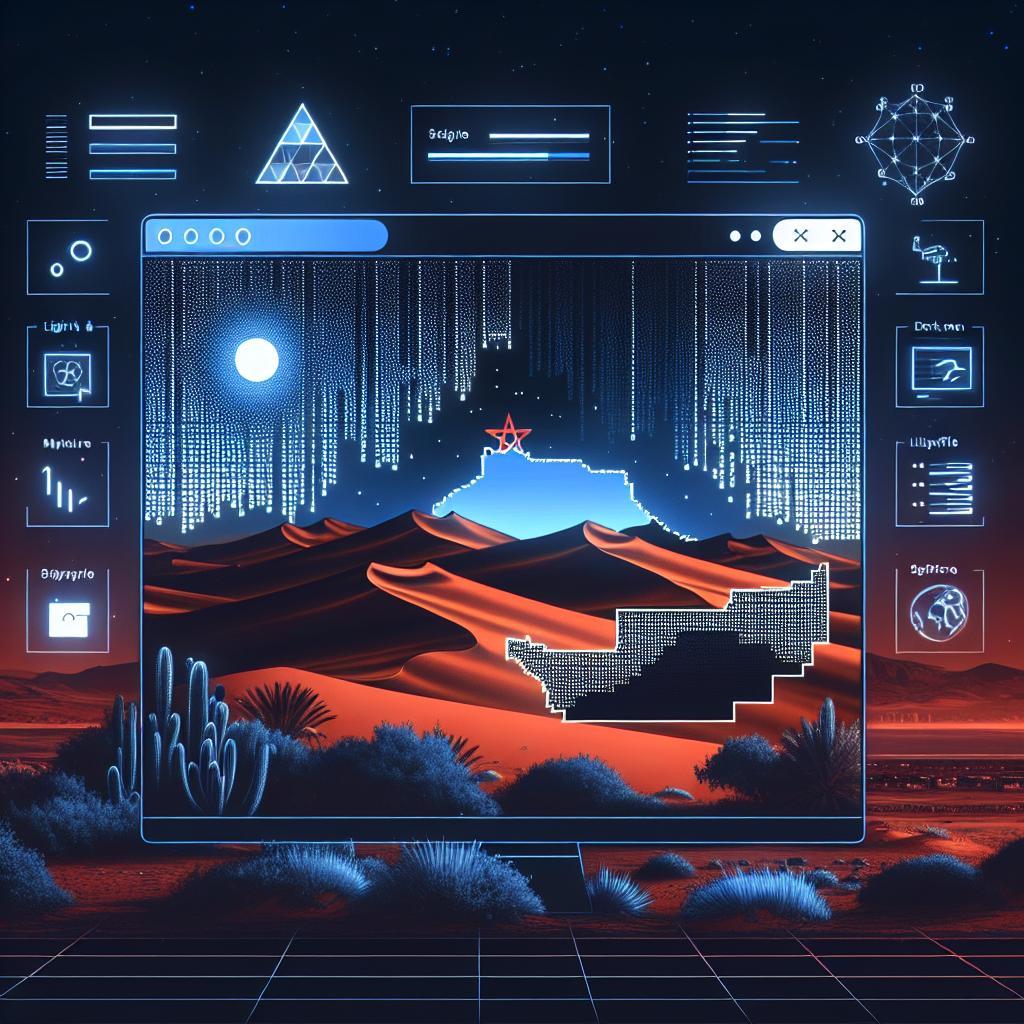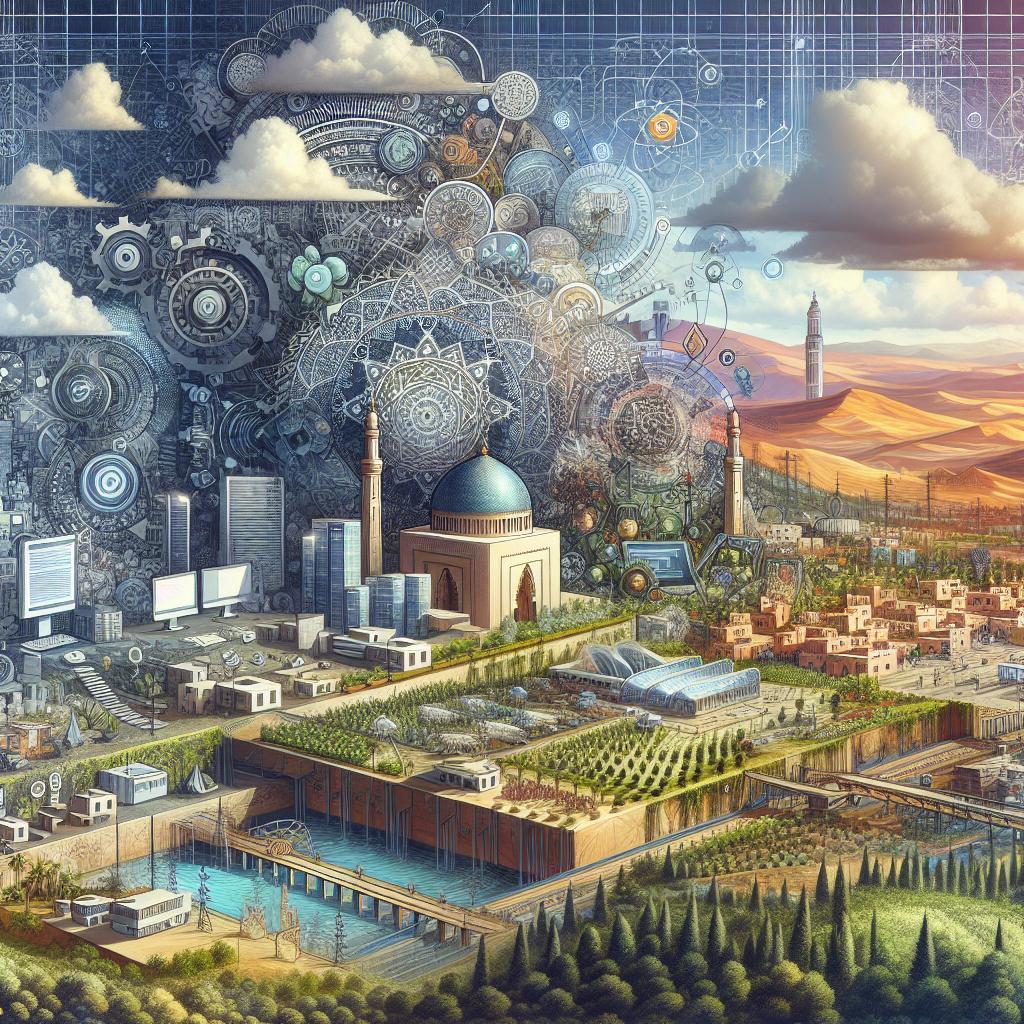The online landscape is constantly evolving, and with each passing year, new web development trends emerge that can make your website stand out from the crowd. As we head towards 2023, it’s time to take a closer look at what’s in store for the world of web development. From immersive augmented reality experiences to lightning-fast loading speeds, there are plenty of exciting trends to explore – and we’ve got all the details you need right here! So if you’re ready to revolutionize your website and stay ahead of the curve in 2023, read on for our must-know web development trends.
What is Web Development and Its Trends?
Web development is the process of creating, building, and maintaining websites and web applications. It involves a combination of programming, design, and various technologies to develop functional and visually appealing websites that can be accessed and used on the Internet. Web development is always changing and evolving. As new technologies are developed and new ways of doing things are discovered, web developers must stay up-to-date on the latest trends to be able to create the best websites possible. Trends in web development come and go at a rapid pace, so it can be difficult to keep up with the latest and greatest. However, if you want to ensure that your website is ahead of the curve, it’s important to be aware of the latest trends in web development.
The Latest Web Development Trends
Chatbots and Virtual Assistants
Chatbots and virtual assistants are intelligent computer programs designed to interact with users and provide automated assistance. They have gained significant popularity and are being increasingly integrated into websites, applications, and messaging platforms. Chatbots are typically text-based conversational agents that use natural language processing (NLP) algorithms to understand user queries and provide relevant responses. Virtual assistants, on the other hand, encompass a broader range of functionalities and often incorporate voice recognition and synthesis capabilities, allowing for voice-based interactions. They can perform tasks such as answering questions, providing recommendations, executing commands, and even engaging in small talk. Integrating chatbots and virtual assistants into your website can enhance user experience and improve customer engagement.
Motion UI
Motion UI refers to the use of animations and transitions in web design to enhance user interactions and create visually appealing experiences. It involves the strategic and deliberate implementation of motion effects to guide users, provide feedback, and improve overall usability. With Motion UI, web developers can bring websites to life by adding movement and dynamism to various elements such as buttons, menus, images, and text. These animations can range from subtle transitions to more complex effects, depending on the desired user experience. By incorporating Motion UI into your website, you can create a visually engaging and interactive interface that captures the attention of your users.
Single-Page Applications (SPAs)
Single-Page Applications (SPAs) are web applications that load and operate within a single web page, eliminating the need for multiple page refreshes. Instead of navigating to different pages, SPAs dynamically update the content on the same page, providing a fluid and responsive user experience. In a SPA, the initial page load retrieves the core application code, typically written in JavaScript, along with the necessary data from the server. Subsequent interactions within the application are handled by making asynchronous requests to the server for additional data or resources, which are then seamlessly incorporated into the existing page without requiring a full reload. SPAs offer a seamless and intuitive browsing experience, reducing loading times and providing a more efficient user interface.
Progressive Web Apps (PWAs)
Progressive web apps are regular websites that look and feel like native apps. They’re designed to offer a better user experience, with features like push notifications and offline access. PWAs can also be installed on your device’s home screen, making them even more convenient to use. With these advantages, it’s no surprise that PWAs are becoming increasingly popular. They allow businesses to reach a wider audience by providing a consistent experience across different devices and platforms. PWAs are fast, reliable, and engaging, enhancing user satisfaction and driving conversions. By developing a PWA, you can ensure that your website is accessible and functional even in low-connectivity environments, providing a seamless experience to your users.
Serverless Architecture
Serverless architecture is gaining popularity in web development as it eliminates the need for managing and provisioning servers. In a serverless setup, the cloud provider takes care of infrastructure management, allowing developers to focus solely on writing code. This architecture offers benefits such as automatic scaling, reduced costs (as you pay only for actual usage), and increased development speed. It also enables event-driven functionality, allowing seamless integration with various services and APIs. By adopting serverless architecture, you can reduce the operational overhead of managing servers and focus on delivering value to your users.
Artificial Intelligence and Machine Learning
Artificial intelligence (AI) and machine learning are two of the most popular web development trends today. While AI has been around for a while, machine learning is a newer technology that is quickly gaining popularity. Both technologies can be used to create websites that are more user-friendly and efficient. AI can be used to create website designs that are more responsive to user needs. For example, AI can be used to adjust a website’s layout and content according to the user’s location, device, and other factors. AI can also be used to create personalized content for each user. This ensures that the user always sees relevant information on the website, which can keep them engaged for longer periods. The performance of websites can be enhanced via machine learning. By analyzing data about how users interact with the website, machine learning algorithms can identify patterns and make predictions about how to optimize the website for better results. Machine learning can also be used to automatically generate new content or redesign parts of the website based on user behavior.
Accelerated Mobile Pages (AMPs)
Accelerated Mobile Pages (AMPs) are web pages designed to load quickly on mobile devices. AMPs are typically lighter than traditional web pages, which can improve loading times on slow mobile connections. In addition, AMPs can be cached by Google and other search engines, which can further improve loading times. With over half of the internet traffic coming from mobile devices, it’s more important than ever to have a responsive design that loads quickly on all devices. AMP is an open-source initiative that allows developers to create fast-loading pages by simplifying the code and eliminating some JavaScript. Google has also announced that they will be giving priority to AMP pages in search results, so this is a trend you don’t want to ignore. Despite the benefits of AMPs, there are some drawbacks to consider. One is that AMPs may not be compatible with all types of content, such as video or audio. Another potential drawback is that AMPs may not be indexed by all search engines. Because AMPs are designed for mobile devices, they may not provide an optimal experience for users on desktop computers.
Push Notifications
Push notifications have emerged as a significant trend in web development, revolutionizing how businesses engage with their users and visitors. These notifications are short, concise messages that are sent to users’ devices or browsers, even when they are not actively browsing a website. They provide real-time updates, personalized offers, important announcements, and relevant information directly to users, enhancing user experience and driving user engagement. Push notifications enable businesses to deliver timely and targeted content to users, keeping them informed about new products, promotions, or updates. By leveraging push notifications, businesses can re-engage users who may have left their website, encourage return visits, and increase customer retention. Integrating push notifications into your website can help you stay connected with your audience and drive user engagement.
Voice Search Optimization
As the technology for voice search continues to develop, it’s becoming more and more important for businesses to optimize their website for this growing trend. Voice search is often used on mobile devices, so it’s crucial to ensure that your website is mobile-friendly. Using natural language in your website content is also important, as people tend to use long-tail keywords or questions when using voice search. Optimizing your website for local search is another key aspect of voice search optimization, as many voice searches are used to find local businesses. Using schema markup can help your website show up in voice search results by providing additional information about your business. Keeping your content updated regularly is also important for voice search optimization, as voice search results are often drawn from the most recent content on a website.
Augmented Reality & Virtual Reality
As the world becomes increasingly digitized, many businesses are looking for ways to leverage new technologies to create more immersive and interactive experiences for their customers. Augmented reality (AR) and virtual reality (VR) are two cutting-edge technologies that are beginning to gain traction in the web development world. AR allows users to view digital information superimposed over the real world, while VR creates a completely immersive digital experience. Both technologies have the potential to revolutionize the way businesses interact with their customers online. There are several ways businesses can use AR and VR to enhance their websites and online presence. For example, AR can be used to provide interactive product demonstrations or tours, while VR can be used to create realistic simulations or virtual environments. As AR and VR technology continue to evolve, there will be even more opportunities for businesses to utilize these cutting-edge technologies to create innovative and engaging websites.
Blockchain & Cryptocurrency Integration
Integrating blockchain and cryptocurrency into your website can offer your users a more secure and efficient experience. Blockchain technology revolutionizes the way data is stored and managed, with decentralized storage that enhances security. Cryptocurrency integration allows for seamless and secure transactions without the need for a third-party payment processor. By integrating these two technologies into your website, you can provide your users with a more secure and efficient experience. Blockchain technology ensures the integrity of data, making it more resistant to tampering or unauthorized access. Cryptocurrency integration simplifies transactions and reduces fees, providing a more convenient payment method for your users.
Responsive Web Design (RWD)
Responsive web design (RWD) is an approach to web development that aims to create websites and applications that provide an optimal viewing and interaction experience across a wide range of devices and screen sizes. With the proliferation of smartphones, tablets, and various other devices, RWD has become an essential aspect of modern web development. The core principle of RWD is to design and build websites that dynamically adapt and respond to different screen sizes, resolutions, and orientations. Rather than creating separate versions of a website for different devices, RWD uses fluid layouts, flexible images, and CSS media queries to adjust the design and content to fit the available space. By implementing responsive web design, you can ensure that your website looks and performs well on any device, providing a consistent and user-friendly experience for all users.
Cloud-Based Development and Deployment
Cloud-based development and deployment have revolutionized the way websites are built and hosted. With cloud platforms like Amazon Web Services (AWS) and Microsoft Azure, developers can leverage scalable infrastructure and services, reducing the need for on-premises servers. Cloud-based development allows for easy collaboration, flexibility, and cost optimization. It enables faster deployment, automatic scaling, and efficient resource allocation, ensuring high availability and performance for your website. By adopting cloud-based development and deployment, you can streamline your development process, reduce infrastructure costs, and scale your website seamlessly.
WordPress Development
WordPress remains one of the most popular content management systems (CMS) for website development. Its user-friendly interface, extensive plugin ecosystem, and customizable themes make it an ideal choice for businesses of all sizes. With WordPress, developers can create feature-rich websites, blogs, e-commerce platforms, and more. Its intuitive admin dashboard and vast community support make it easy to manage and update content without extensive technical knowledge. By leveraging the power of WordPress, you can create a professional and functional website that meets your business needs.
Internet of Things (IoT)
The Internet of Things (IoT) has expanded web development possibilities by connecting physical devices to the Internet. Websites can now interact with IoT devices, gather data, and provide a seamless user experience. IoT integration allows for real-time monitoring, control, and automation. For example, a website can communicate with smart home devices, wearable technology, or industrial sensors. This integration enables personalized experiences, data-driven insights, and the ability to remotely manage connected devices, enhancing user engagement and efficiency.
Conclusion
In conclusion, the year 2023 brings a wave of exciting web development trends that have the potential to revolutionize websites and enhance the digital presence of businesses. By embracing these trends, such as Progressive Web Apps, Voice User Interfaces, and Artificial Intelligence, companies can create immersive and engaging experiences for their users. The shift towards mobile-first design, the emphasis on website performance and accessibility, and the integration of cutting-edge technologies will empower businesses to stay competitive and meet the evolving expectations of their audience. To stay at the forefront of the industry, web developers and businesses must embrace these trends and leverage them to transform their websites into powerful tools for success in 2023 and beyond. To achieve this, consider partnering with a reputable web design agency in Morocco, like Mouttahid Consulting, that can help you implement these trends and create a website that stands out in the digital landscape. Contact us today to learn more about how we can elevate your online presence.












